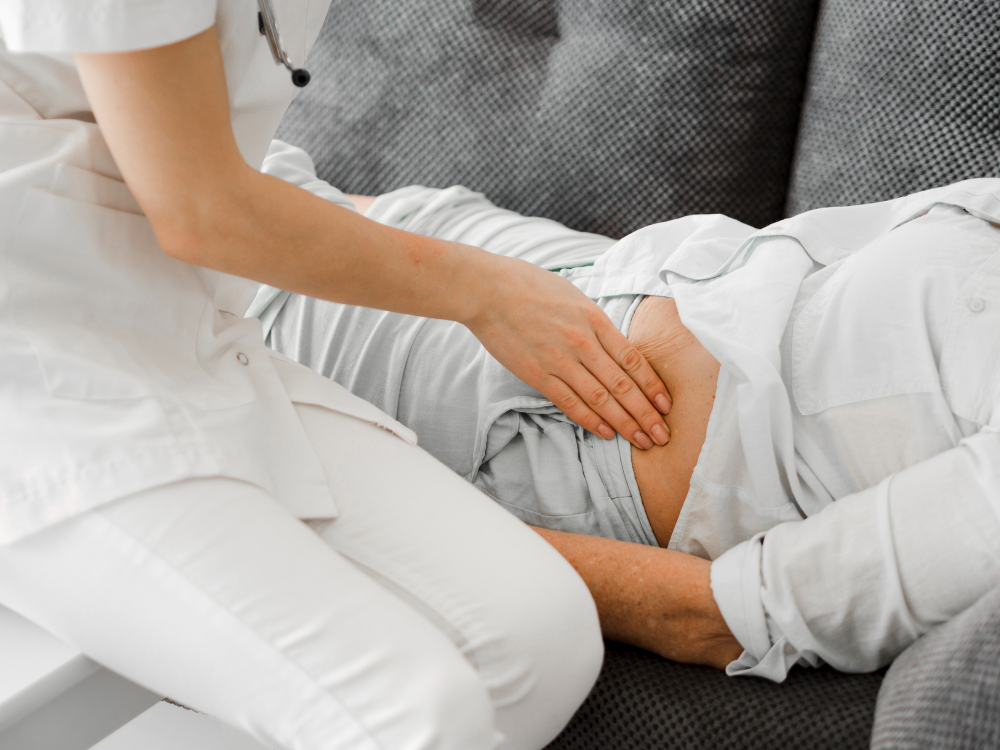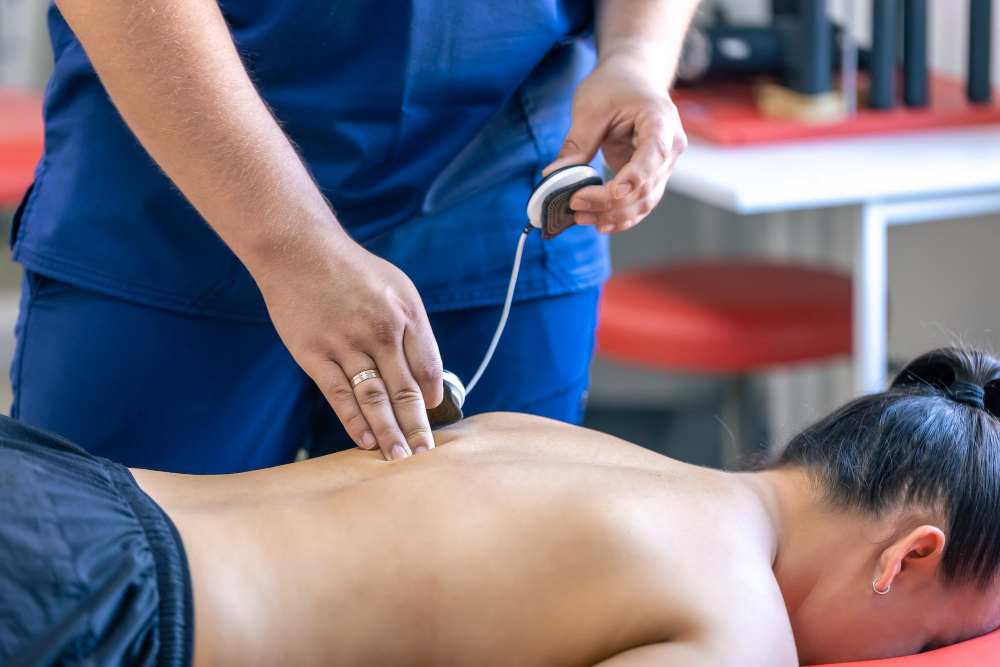Most of the time we walk, sit, run, and stand without thinking about our bodies and what they are doing. Only when something feels wrong, or starts to hurt, do we wonder what the cause might be. However, many problems start before symptoms are first detected, and a misaligned pelvis is one of those conditions. Research suggests that in a random study of 120 people, 85% of males and 75% of females presented with an anterior pelvic tilt, the medical term for a misaligned pelvis. To put this another way, 8 out of 10 people have a misaligned pelvis, whether they realise it or not!
What is a misaligned pelvis?
Your pelvis is a set of bones that connects your legs to your upper body. It plays a vital role in your back’s health, providing both support and flexibility of movement. Pelvic tilt occurs when in a standing position, your pelvis and hips are tilted to one side, or is angled too far forward or backward. The most common cause of pelvic tilt is one leg being slightly shorter than the other. A difference in leg length of a few millimetres will cause only a slight tilt, and is not normally an issue, as the human body and brain can easily adapt. Differences in leg length are common in children and adolescents, during the growth stage, but normally become minimal in adulthood.
Symptoms of a misaligned pelvis
There is no single and obvious symptom of a misaligned pelvis. The central location and importance of the pelvis can lead to a wide variety of localised and whole-body issues. Common symptoms include:
- Generalised pain in the lower back
- Increased pain during, or after walking
- Pain after standing still for a period of time
- Aches and pains whilst lying down
- Pain that radiates down to the hips or buttocks
Additionally, it has been known for pain, caused by a misaligned pelvis, to present itself as neck, shoulder, head or even toothache. The grinding of teeth is occasionally a symptom.
Exercises to help realign your pelvis and hips
In mild cases of misalignment, exercise is a useful tool to return the pelvis to a neutral position. Common exercises, such as planking and squats, help strengthen the supporting muscle groups, including abdominals and glutes. Make sure to focus on keeping your body as symmetrical as possible. Use of a mirror, or an observer, can help spot any issues.
One simple exercise, specifically focusing on the pelvis and abdominal muscles is the Pelvic Tilt.
Pelvic Tilt
- Lie on a mat, face upwards and knees bent to around 90 degrees. Ensure your hips, arms and legs are as symmetrical as possible
- Flatten your back against the floor by slowly tightening your stomach muscles
- Holding your stomach muscles, tilt your pelvis up slightly and hold for 10 seconds
- Gently relax
- Repeat 5 to 6 times
These exercises will help strengthen the muscles that support the pelvis. They should not cause any acute pain, if any is felt, please stop. More specific exercises, tailored to suit your unique body and issues, can be recommended by a qualified osteopath.
Prevention tips
To help reduce the risk of anterior pelvic tilt and the associated pain or discomfort, the key is to keep moving, whilst maintaining good posture.
Avoid sitting still for extended periods of time: Take regular short breaks which include walking, stretching or even simply standing up.
Take regular exercise: Physical activities that include stretching, strengthening or mild cardio will help. Pilates is particularly good.
Ensure a correct posture when sitting or standing: When working at a desk, make sure your chair allows good back support and your screen and keyboard are well positioned.
How an Osteopath can help with a misaligned pelvis
Whilst most people with mild pelvic tilt will not need professional support, more serious cases may benefit from osteopathy treatment. Postural analysis is carried out to evaluate the extent of pelvic misalignment and discover any associated issues. Once correctly diagnosed, appropriate treatment and manipulation can be carried out. A bespoke course of treatment, including home exercises can be provided. In most cases, our clients see a significant reduction in discomfort and increase in movement and flexibility.
If you would like to speak to one of our qualified osteopaths, please do not hesitate to contact us.





